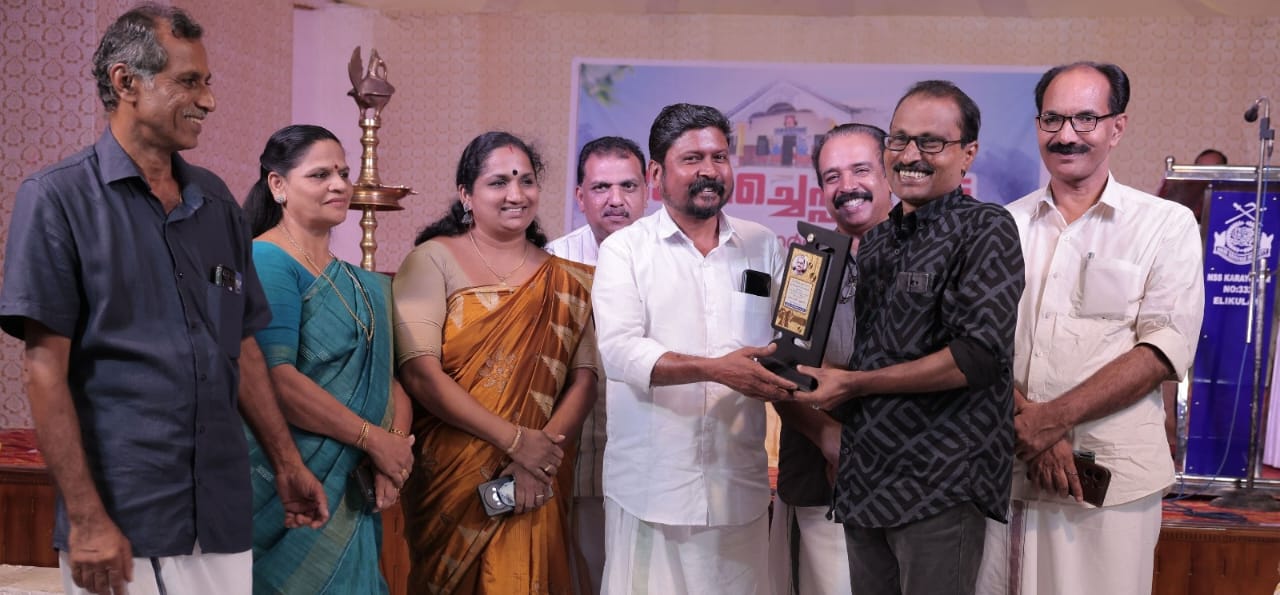Current Strategies and Challenges
Romania’s healthcare system faces significant challenges in ensuring equitable access and social inclusion across its diverse population. While recent reforms have attempted to address these disparities, substantial obstacles remain in creating a truly inclusive healthcare framework. This article examines the current strategies and persistent challenges in Romania’s efforts to promote social inclusion through healthcare policy.
Historical Context and Current Framework
Romania’s transition from a centralized communist healthcare system to a more market-oriented approach has significantly influenced its current healthcare landscape. The country’s accession to the European Union in 2007 prompted various reforms aimed at aligning healthcare policies with EU standards, particularly regarding social inclusion and accessibility.
The National Health Strategy 2014-2020, extended through 2025, establishes the primary framework for addressing healthcare disparities. This strategy emphasizes universal access to basic healthcare services and specifically targets vulnerable populations, including Roma communities, rural residents, and low-income individuals.
Key Implementation Strategies
Romania has implemented several significant initiatives to promote social inclusion in healthcare. The introduction of the National Health Insurance House (NHIH) represents a cornerstone of these efforts, providing coverage for approximately 89% of the population. The system operates on principles of solidarity and universal access, with the state covering insurance contributions for disadvantaged groups.
Community healthcare workers, particularly in rural areas, play a crucial role in bridging the gap between healthcare services and marginalized communities. These workers provide basic health education, facilitate access to medical services, and help navigate administrative procedures for vulnerable populations.
Digital Health Initiatives
Recent years have seen increased emphasis on digital health solutions to enhance healthcare accessibility. The implementation of electronic health records and telemedicine services, accelerated by the COVID-19 pandemic, has helped reduce geographical barriers to healthcare access. However, the digital divide between urban and rural areas presents ongoing challenges in ensuring equitable access to these innovations.
Persistent Challenges
Despite progress, several significant challenges continue to impede social inclusion in Romanian healthcare:
- Infrastructure Disparities
The concentration of healthcare facilities in urban areas creates substantial access barriers for rural populations. According to recent data, approximately 40% of rural communities lack immediate access to primary healthcare facilities, forcing residents to travel considerable distances for basic medical services.
- Financial Barriers
While the national insurance system provides theoretical universal coverage, out-of-pocket expenses remain high by EU standards, representing approximately 20% of total healthcare expenditure. This financial burden disproportionately affects low-income households and contributes to healthcare avoidance among vulnerable populations.
- Cultural and Social Barriers
The Roma population, Romania’s largest ethnic minority, continues to face significant obstacles in accessing healthcare services. Cultural misunderstandings, discrimination, and administrative barriers often result in delayed or foregone medical care among this community.
Policy Recommendations
To address these challenges effectively, several policy interventions merit consideration:
- Infrastructure Development
Targeted investment in rural healthcare infrastructure, including mobile medical units and local health centers, could significantly improve access for underserved communities. Public-private partnerships might offer viable solutions for expanding healthcare coverage in remote areas.
- Financial Reform
Implementing a more progressive healthcare financing system, with increased state support for vulnerable populations, could help reduce financial barriers to access. This might include expanding the list of fully covered services and medications for low-income individuals.
- Cultural Competency
Enhancing cultural competency training for healthcare providers and administrative staff could improve interactions with diverse populations. Additionally, increasing the representation of minority groups among healthcare professionals could help build trust and improve communication with marginalized communities.
Moving Forward
Romania’s efforts to promote social inclusion in healthcare policy demonstrate a commitment to improving equity in health service delivery. However, successful implementation requires sustained political will, adequate resource allocation, and continuous evaluation of outcomes.
The integration of social inclusion principles into healthcare policy represents not just a moral imperative but an economic necessity for Romania’s development. As the country continues to align with EU healthcare standards, addressing these challenges will be crucial for creating a more equitable and effective healthcare system.
Success in this endeavor will require coordinated action across multiple stakeholders, including government agencies, healthcare providers, civil society organizations, and affected communities. Only through such collaborative efforts can Romania achieve its goal of providing truly inclusive healthcare services for all its citizens.












